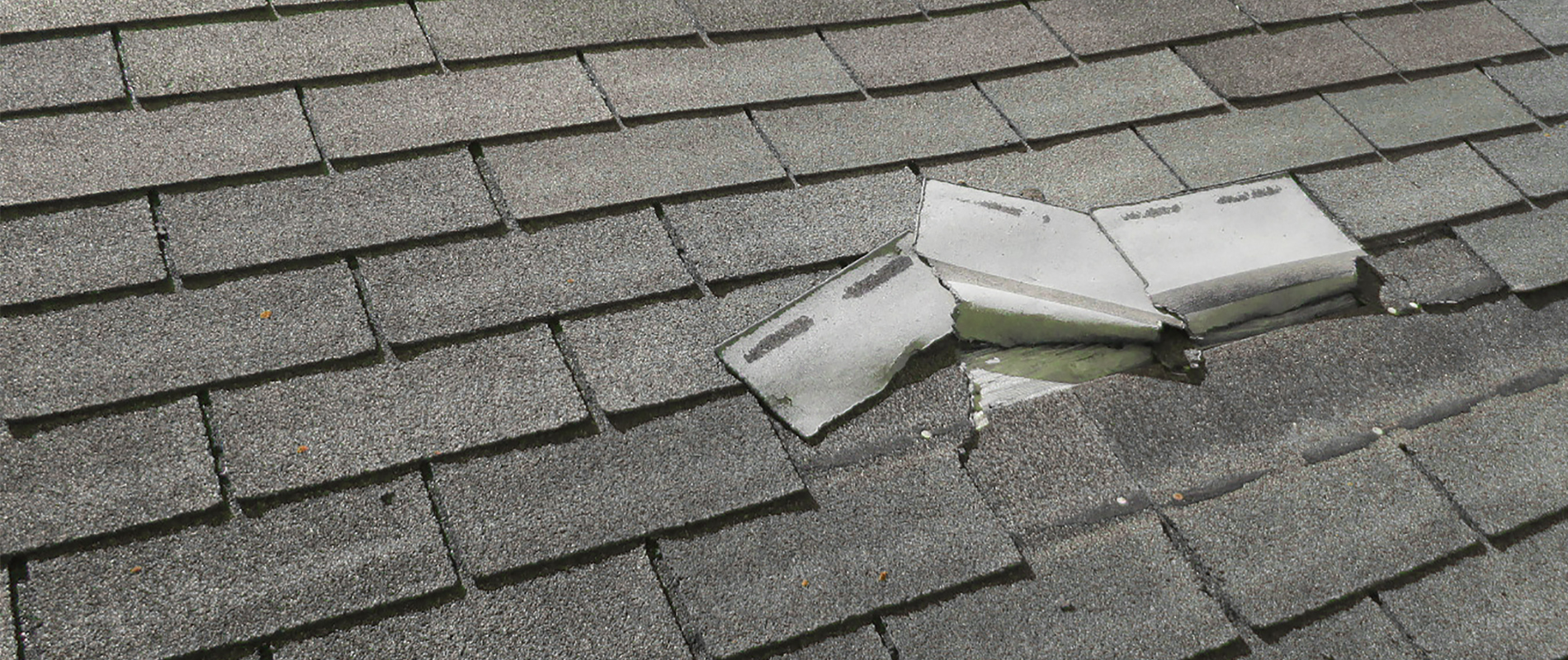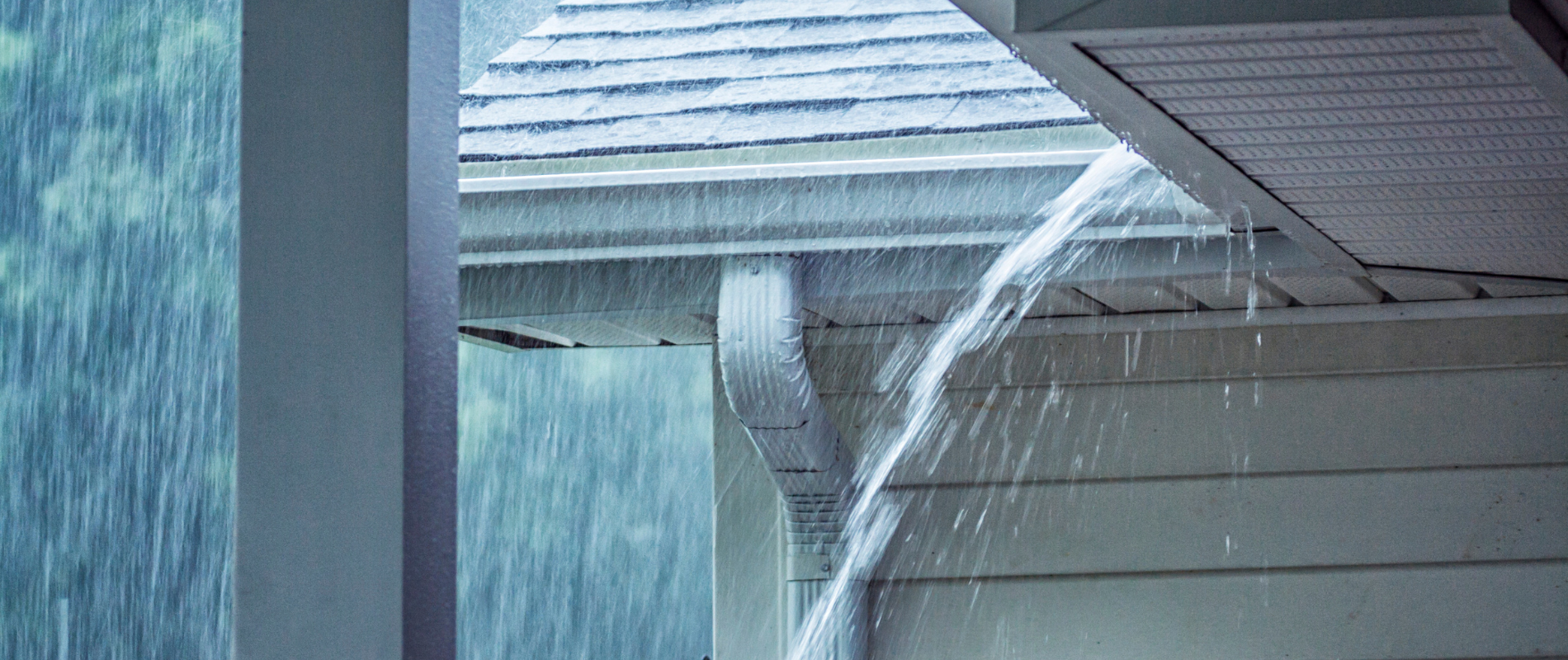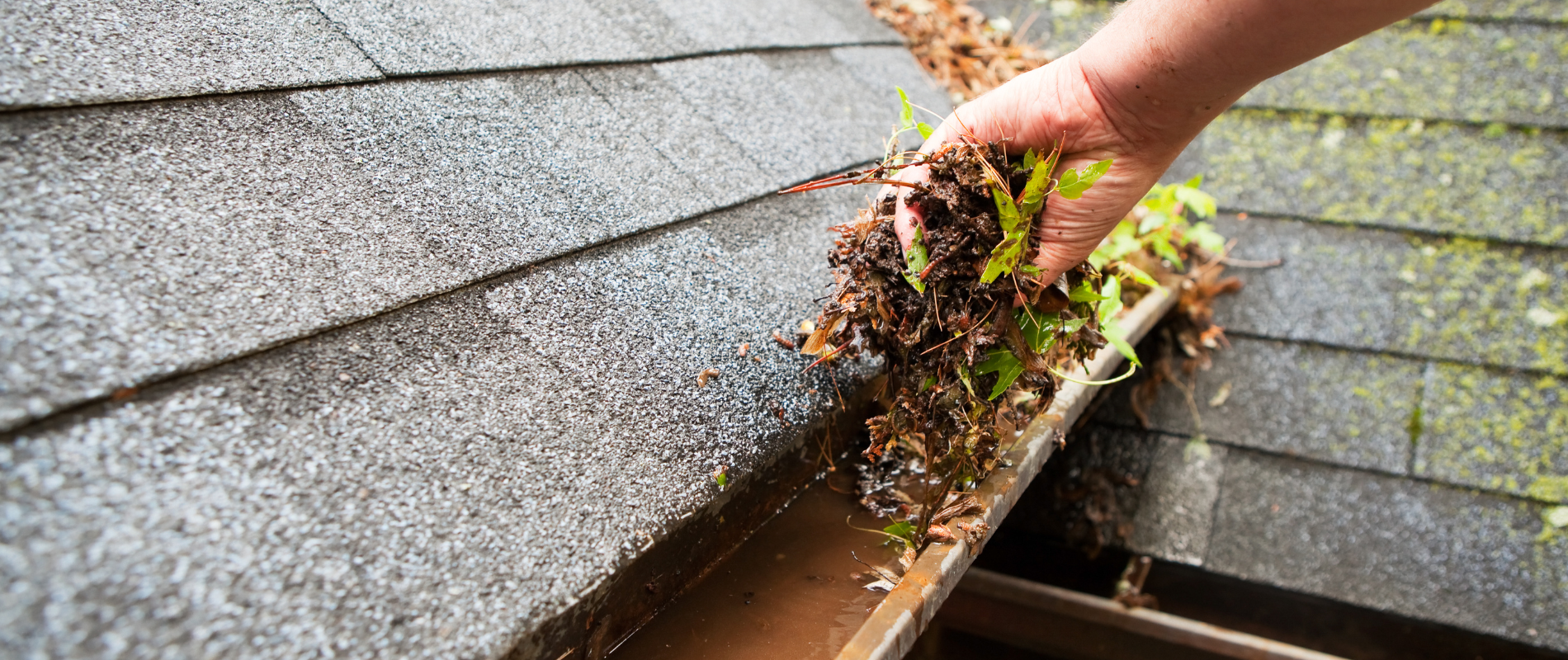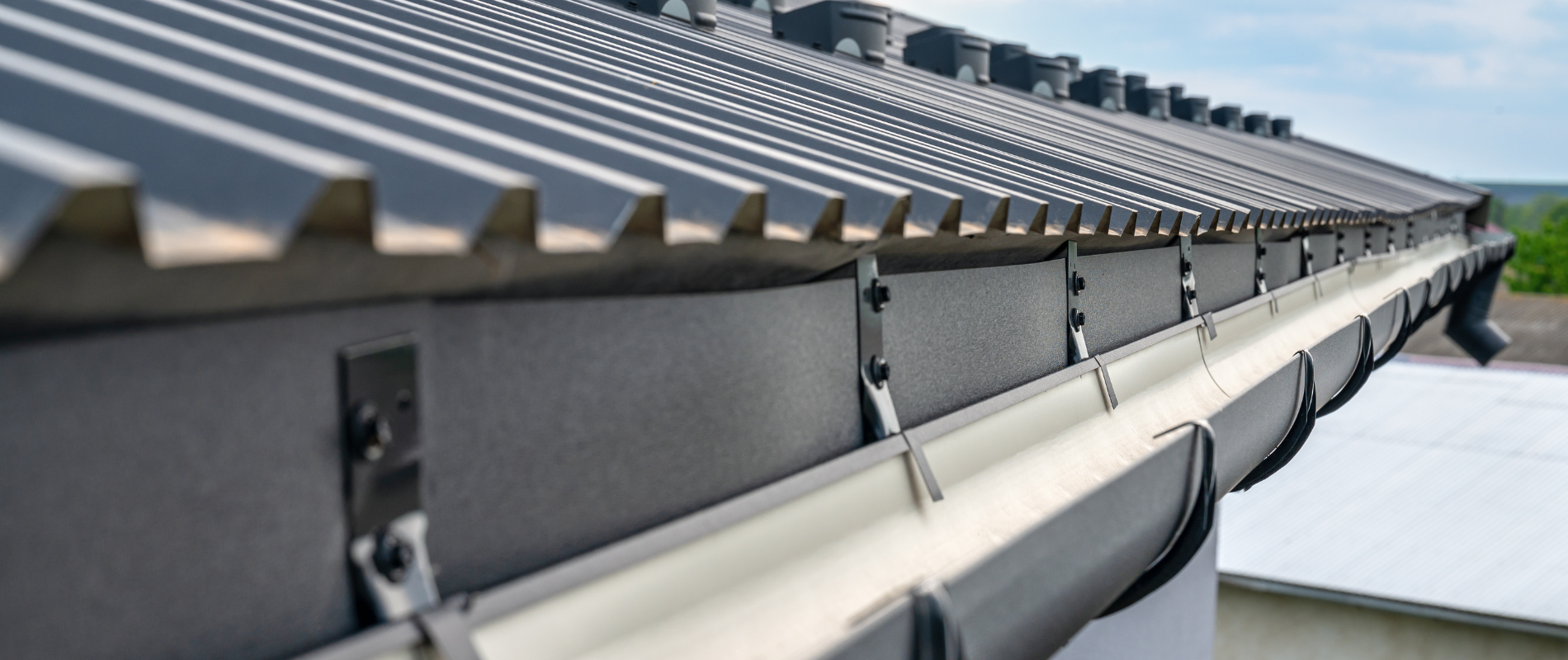
The Importance of Gutters in Warrenton, Missouri: Protecting Your Roof and Foundation
Hey there, homeowners in Warrenton!
Thomas McCormack here, owner of
M5 Roofing & Storm Restoration, back with another installment in our series of blogs designed to help homeowners across Missouri safeguard their homes.
Have you ever thought about how crucial gutters are for the well-being of your beloved abode? We often overlook these unassuming channels, but trust me when I say that gutters play an essential role in safeguarding your home. In this blog, we will delve into why gutters are a vital part of your roofing system, the various types and materials available, the havoc that can ensue when gutters fail, and some helpful dos and don'ts for gutter maintenance. It's time to elevate our appreciation for gutters and acknowledge them as an investment in the health of your home.
Gutters: The Unsung Heroes of Your Roofing System
Imagine your roof as the steadfast guardian of your home, facing nature's elements with every raindrop and gust of wind. Amidst this ongoing battle, there's a silent hero – gutters. These unsung champions work as trusty sidekicks, skillfully guiding rainwater away from your roof and foundation. By doing so, they shield your home from potential damage, sparing you from expensive repairs in the future.
Yet, their significance extends beyond mere functionality. Gutters contribute to your home's overall curb appeal, ensuring a polished exterior. Furthermore, they play a vital role in maintaining a tidy yard, preventing leaves, twigs, and debris from marring your outdoor haven. Picture gutters as the unsung heroes, safeguarding your home's well-being and enhancing its visual charm.

Material Matters: Choosing the Right Gutters for Your Home
When it comes to gutters, not all materials are created equal and what works best for one region may not be optimal for another. In Missouri, where homes experience a range of weather conditions, including heavy rainfall and occasional storms, the preferred gutter material is typically aluminum.
Aluminum gutters are renowned for their durability, lightweight nature, and resistance to rust and corrosion. These qualities make them an excellent choice for homes in Warrenton, Missouri, where they can withstand the sometimes harsh weather conditions while ensuring efficient water management.
That being said, you have numerous options to choose from, each with its own set of advantages. Vinyl gutters are affordable and low-maintenance, while aluminum gutters offer durability and a wide range of color choices. For a more rustic appeal, copper gutters are a premium option that ages gracefully with time. Consider the aesthetics, climate, and budget of your Warrenton home when selecting the right gutters.
The Fallout of Failing Gutter Systems
What would a world devoid of gutters look like? Rainwater would be cascading off the roof, pounding onto the ground surrounding your foundation. Unfortunately, this scenario can lead to bigger problems than a soggy yard. Without functioning gutters, rainwater can seep into your foundation, causing cracks and flooding, which in turn lead to mold, mildew, and even structural damage.
In a gutter-less world, your roofing system faces severe consequences, including:
- Rot and Decay: Rainwater, unguided by gutters, promotes rot in roofing materials, especially wood. This can compromise the structural integrity of your roof over time.
- Shingle Erosion: Constant exposure to uncontrolled rainwater leads to shingle erosion, reducing the effectiveness of your roof's protective layer.
- Fascia Board Damage: Absence of gutters allows water to accumulate on fascia boards, creating an ideal breeding ground for pests. This damages the boards and compromises the roof's overall health.
Without functioning gutters, rainwater wreaks havoc on your home's foundation, causing a range of issues:
- Cracks: The uncontrolled flow of rainwater into the foundation can result in cracks, compromising the stability and structural integrity of your home.
- Flooding: Accumulated water around the foundation can lead to flooding, creating a host of problems inside your home and potentially causing long-term damage.
- Mold and Mildew: Moisture seeping into the foundation creates a conducive environment for mold and mildew growth, posing health risks and requiring extensive remediation.
Failure to maintain gutters can have detrimental effects on your home's siding, manifesting in various problems:
- Rot and Decay: Siding materials, particularly wood, are prone to rot when exposed to prolonged moisture, compromising the structural integrity of your home's exterior.
- Mold and Mildew Growth: Failing gutters create a favorable environment for mold and mildew, impacting both the aesthetics of your home and indoor air quality.
- Staining and Discoloration: Overflowing rainwater can result in unsightly stains and discoloration on your siding, requiring professional cleaning or repainting.
- Damage to Paint and Finishes: Failing gutters cause excessive water runoff onto the siding, accelerating the deterioration of paint and finishes and diminishing your home's curb appeal.
- Pest Infestation: Moisture-damaged siding becomes a breeding ground for pests such as termites and carpenter ants, posing a threat to your home's structural integrity if left unaddressed.

Gutter Maintenance: Dos and Don'ts for Longevity
Proper maintenance is the key to keeping your gutters in optimal condition and ensuring an extended lifespan. Follow these friendly dos and don'ts to guarantee that your gutters remain in tip-top shape:
DO regularly clean your gutters, especially during the fall and spring, to eliminate debris such as leaves and twigs. This simple yet crucial task prevents clogs and ensures efficient water drainage.
DON'T overlook the importance of inspecting your gutters for any signs of damage or sagging. Early detection allows for timely repairs, preventing potential issues from escalating.
DO explore the option of installing gutter guards. These protective devices significantly reduce debris buildup, minimizing the need for frequent cleanings and improving overall water flow.
DON'T risk your safety by attempting to clean or repair gutters without proper precautions. Use a sturdy ladder, wear protective gear, and enlist the help of a spotter to ensure a secure maintenance process.
DO consider professional gutter cleaning services when necessary. Experts possess the knowledge and tools to conduct a thorough inspection and maintenance, addressing any hidden issues that might compromise the effectiveness of your gutters. Investing in professional services can save you time and effort while ensuring the job is done right. Remember, a well-maintained gutter system is not only a protector of your home but also a cost-effective way to prevent potential water damage in the long run.
Invest in the Health of Your Home
Think of your gutters as an investment in your home's well-being. By prioritizing proper gutter installation, maintenance, and repairs, you can protect your foundation, the very core of your home. Prevention is key - investing in gutters now can save you from costly repairs in the long run. So, why wait? Give your home the love and care it deserves by taking care of your gutters.

Conclusion
In summary, gutters form a crucial component of your roofing system. Let's take a moment to acknowledge the silent protectors of our homes – our gutters. While they may operate quietly in the background, their significance in safeguarding our roofs and foundations is undeniable. It's essential for every homeowner to be well-versed in the diverse types of gutters available and make an informed investment in a durable option that perfectly complements your home's needs.
Regular maintenance stands as the bedrock of ensuring that your gutters continue to function at their optimal best. Don't underestimate the importance of those seasonal cleanings – they are your first line of defense against potential damages that can wreak havoc on your property. Embrace the mantra that a well-maintained home is a happy home, and your gutters play a pivotal role in achieving that harmony.
In your journey to a secure and protected home, let your gutters be your reliable companions. By staying informed, making wise investments, and committing to regular upkeep, you not only enhance the longevity of your gutters but also contribute to the overall well-being and happiness of your home. Here's to a future filled with happy and effective guttering for all homeowners!
YouGetARoof Articles and FAQ











